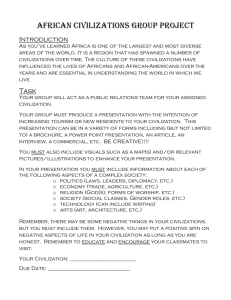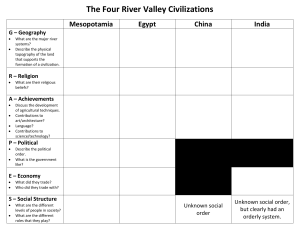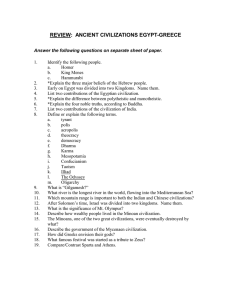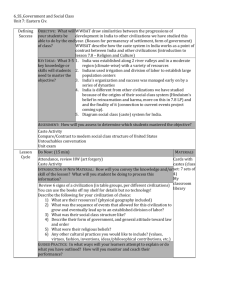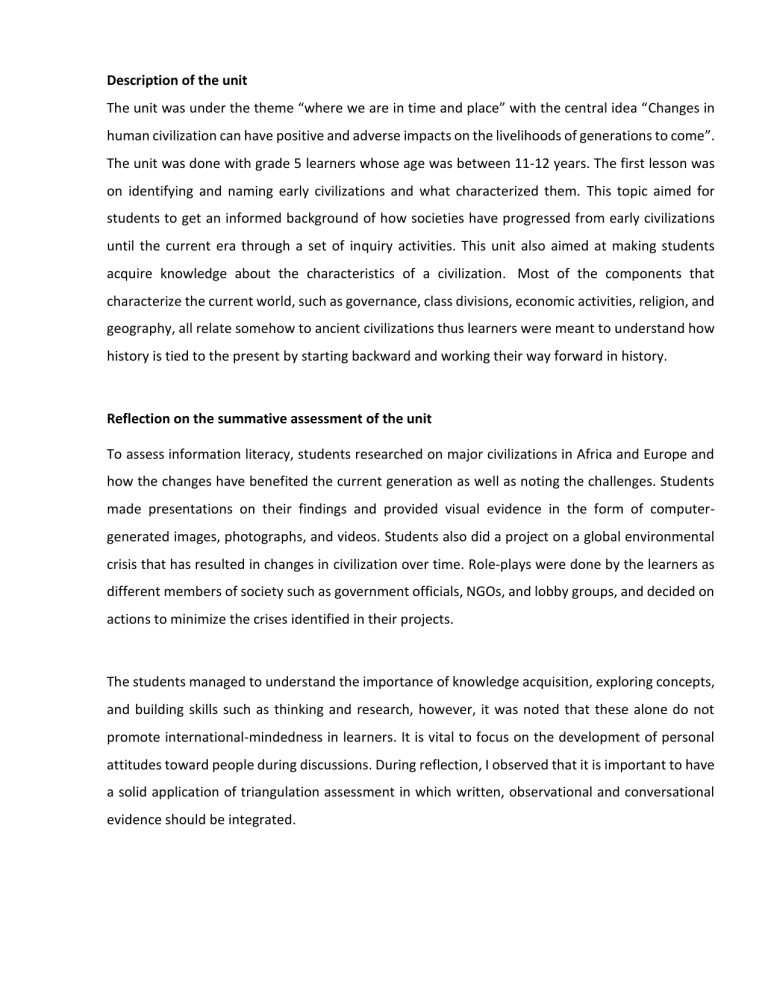
Description of the unit The unit was under the theme “where we are in time and place” with the central idea “Changes in human civilization can have positive and adverse impacts on the livelihoods of generations to come”. The unit was done with grade 5 learners whose age was between 11-12 years. The first lesson was on identifying and naming early civilizations and what characterized them. This topic aimed for students to get an informed background of how societies have progressed from early civilizations until the current era through a set of inquiry activities. This unit also aimed at making students acquire knowledge about the characteristics of a civilization. Most of the components that characterize the current world, such as governance, class divisions, economic activities, religion, and geography, all relate somehow to ancient civilizations thus learners were meant to understand how history is tied to the present by starting backward and working their way forward in history. Reflection on the summative assessment of the unit To assess information literacy, students researched on major civilizations in Africa and Europe and how the changes have benefited the current generation as well as noting the challenges. Students made presentations on their findings and provided visual evidence in the form of computergenerated images, photographs, and videos. Students also did a project on a global environmental crisis that has resulted in changes in civilization over time. Role-plays were done by the learners as different members of society such as government officials, NGOs, and lobby groups, and decided on actions to minimize the crises identified in their projects. The students managed to understand the importance of knowledge acquisition, exploring concepts, and building skills such as thinking and research, however, it was noted that these alone do not promote international-mindedness in learners. It is vital to focus on the development of personal attitudes toward people during discussions. During reflection, I observed that it is important to have a solid application of triangulation assessment in which written, observational and conversational evidence should be integrated.
